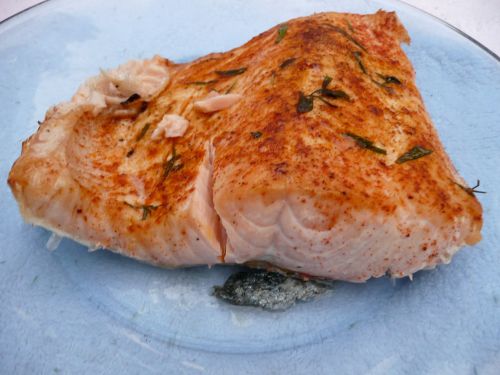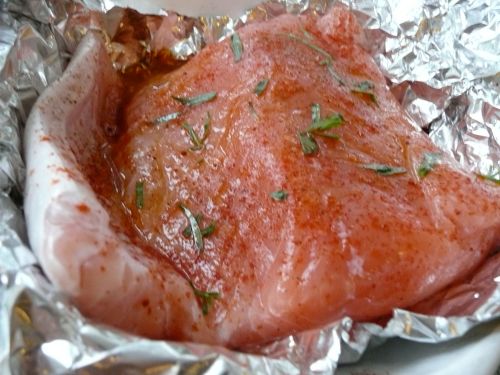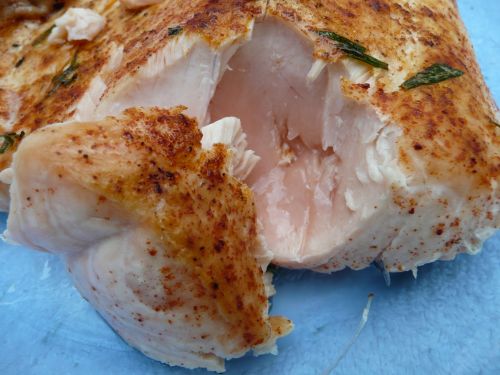 Every year around September, Billy of Billy’s Gardens, who sells at most of our local farmers markets, offers a deal on #2 tomatoes in bulk: a 20-pound box for $25. I generally get a box to help feed my tomato addiction through the winter. Other vendors also offer discounts on tomatoes if you buy in bulk, although that may be more challenging with the cold weather we’ve had this year, and its effects on the tomato harvest.
Every year around September, Billy of Billy’s Gardens, who sells at most of our local farmers markets, offers a deal on #2 tomatoes in bulk: a 20-pound box for $25. I generally get a box to help feed my tomato addiction through the winter. Other vendors also offer discounts on tomatoes if you buy in bulk, although that may be more challenging with the cold weather we’ve had this year, and its effects on the tomato harvest.
The easiest way to store these tomatoes for cooking is something Billy taught me: Freeze them. Throw the tomatoes whole into a bag or container, and stick them in the freezer. When you’re ready to cook with one, pull it out, set it in a bowl of hot water for a few minutes, pull the peel off, and throw it into your pot.
But the last two summers, I’ve turned my bulk tomatoes into a roasted tomato sauce. The sauce can be frozen to last through the winter.
Roasted tomato sauce develops a sweet, rich flavor. An added benefit is that the liquid which seeps out of the tomatoes can be poured off to and used as a wonderful soup base.
Here are the general directions for the sauce and the stock:
~
Roasted Tomato Sauce
(and Tomato-Liquid Soup Stock)
yields 10 pints
- 20 pounds of tomatoes
- garlic to taste (I think I used 3-4 heads)
- salt to taste
- pepper to taste
- olive oil
1. Preheat oven to 375F
2. Wash tomatoes. Arrange them in deep baking dishes. Three large, rectangular Pyrex baking dishes, or two large ones and two small ones, should do it.
3. Peel garlic. Intersperse the garlic cloves with the tomatoes.
4. Sprinkle salt, pepper and olive oil all over the tomatoes and garlic.

5. Roast for about an hour and a half, or till tomatoes are falling-apart-soft. If tops are drying out, spoon some of the liquid that is building up over the tomatoes.
6. Pour the liquid that has accumulated into a jar or jars and save it (fridge or freezer) for soup-making purposes. It’s rich and tasty, a great broth for soups involving things like eggs, parmesan, vegetables, lamb or beans.

5. Pour remaining tomatoes and garlic into a pot (I had to use two and you probably will too). Immersion blend them (or process in a food processor). Taste and adjust salt. Cook on the stovetop on low for 30-45 more minutes until it has a rich, fully-developed flavor.
6. Freeze the sauce. (I canned the sauce in the past before I realized canning guidelines for tomato products require a certain acidity level and use of a formally tested recipe such as this one or recipes through USDA or university cooperative extension programs.) You can freeze it in jars or in ziplock freezer bags. This is easiest if you cool it first. The fastest way I’ve found to cool it is to pour all the hot sauce into a thin pot that hasn’t been sitting on the stove, and then to set that pot in a sink full of ice water that isn’t deep enough to come over the rim. Once the pot has cooled a fair bit, put it in the fridge on a coaster. The next day, ladle the refrigerated sauce into your preferred freezer containers and freeze.









































